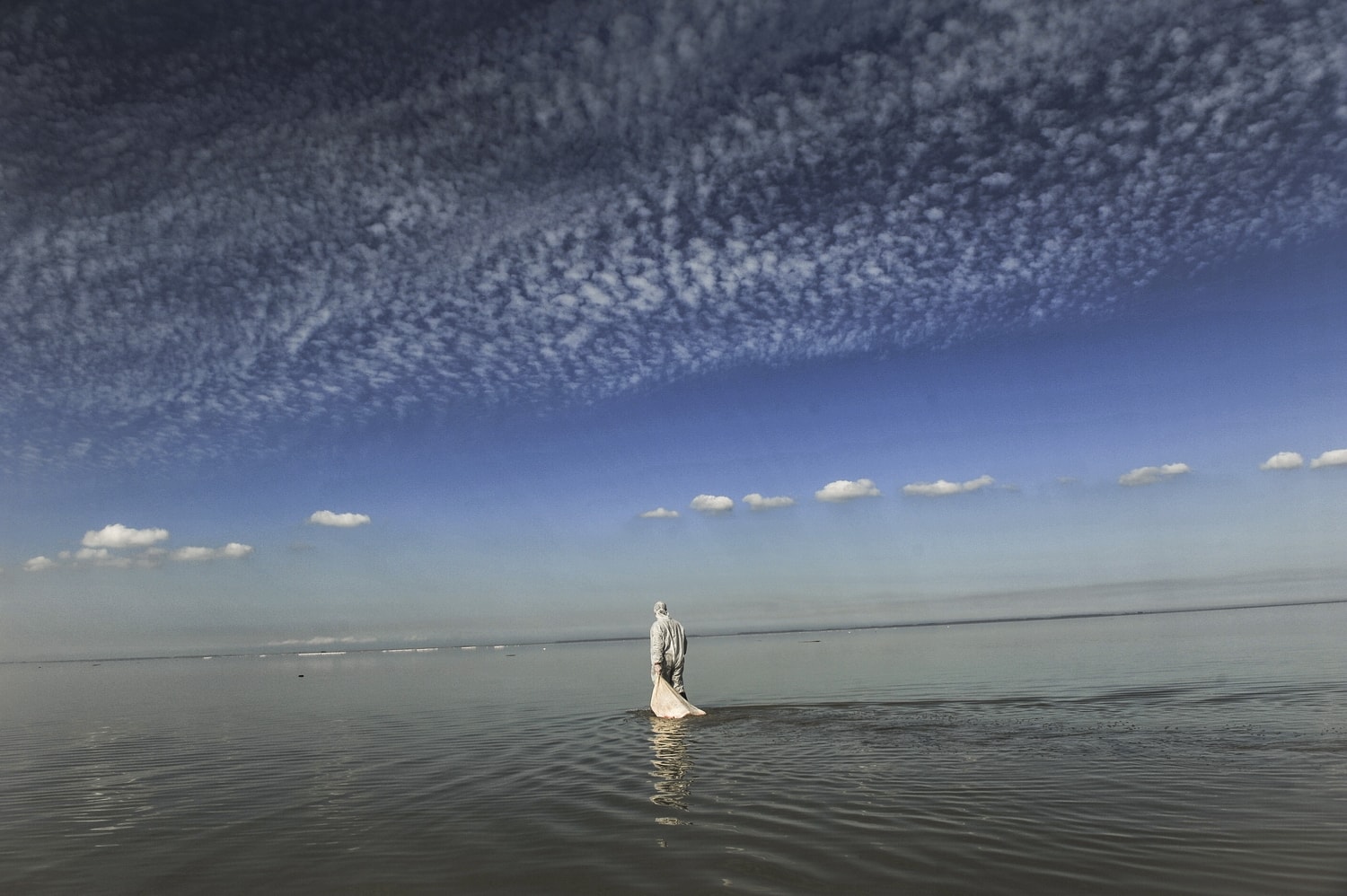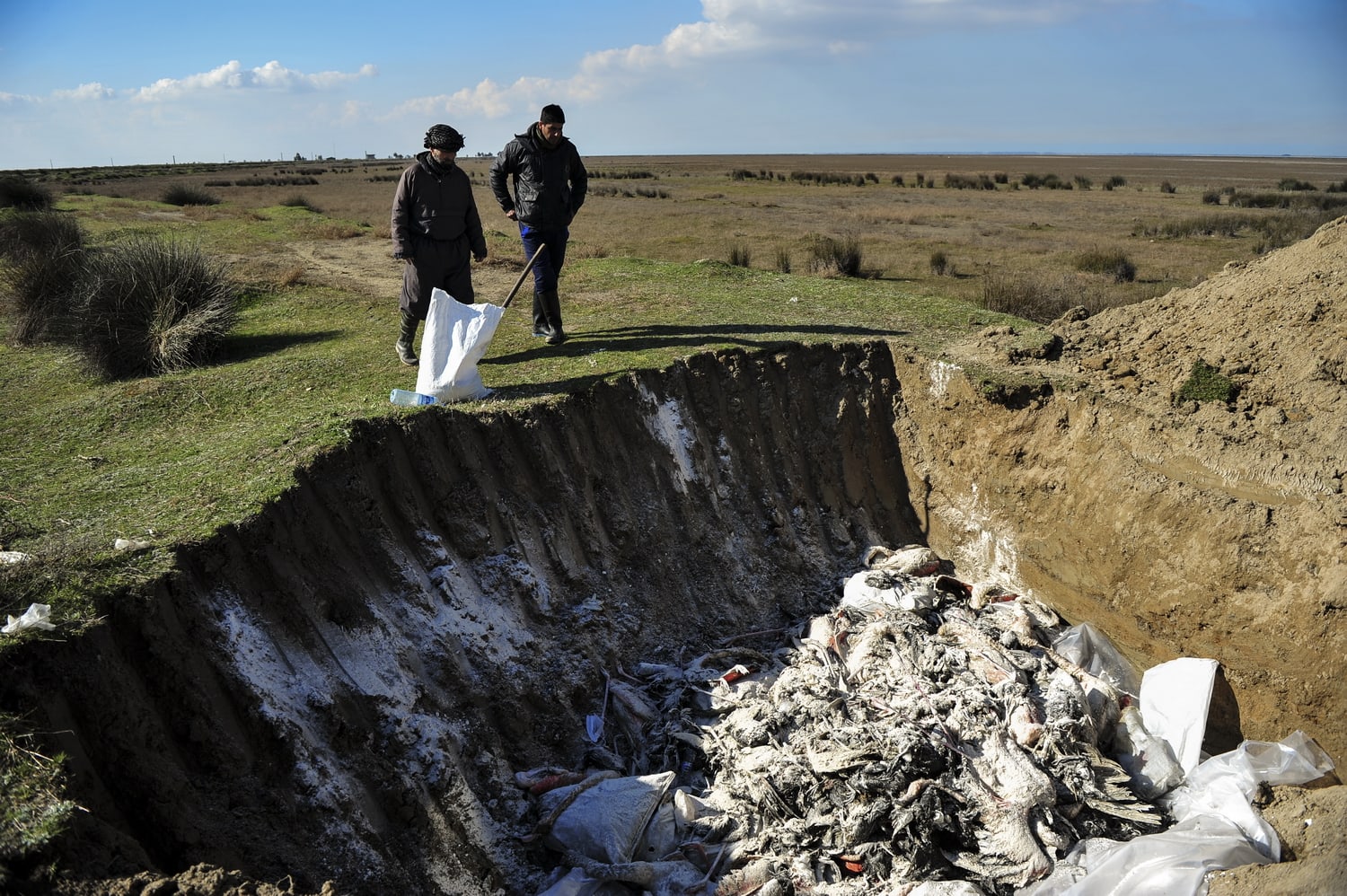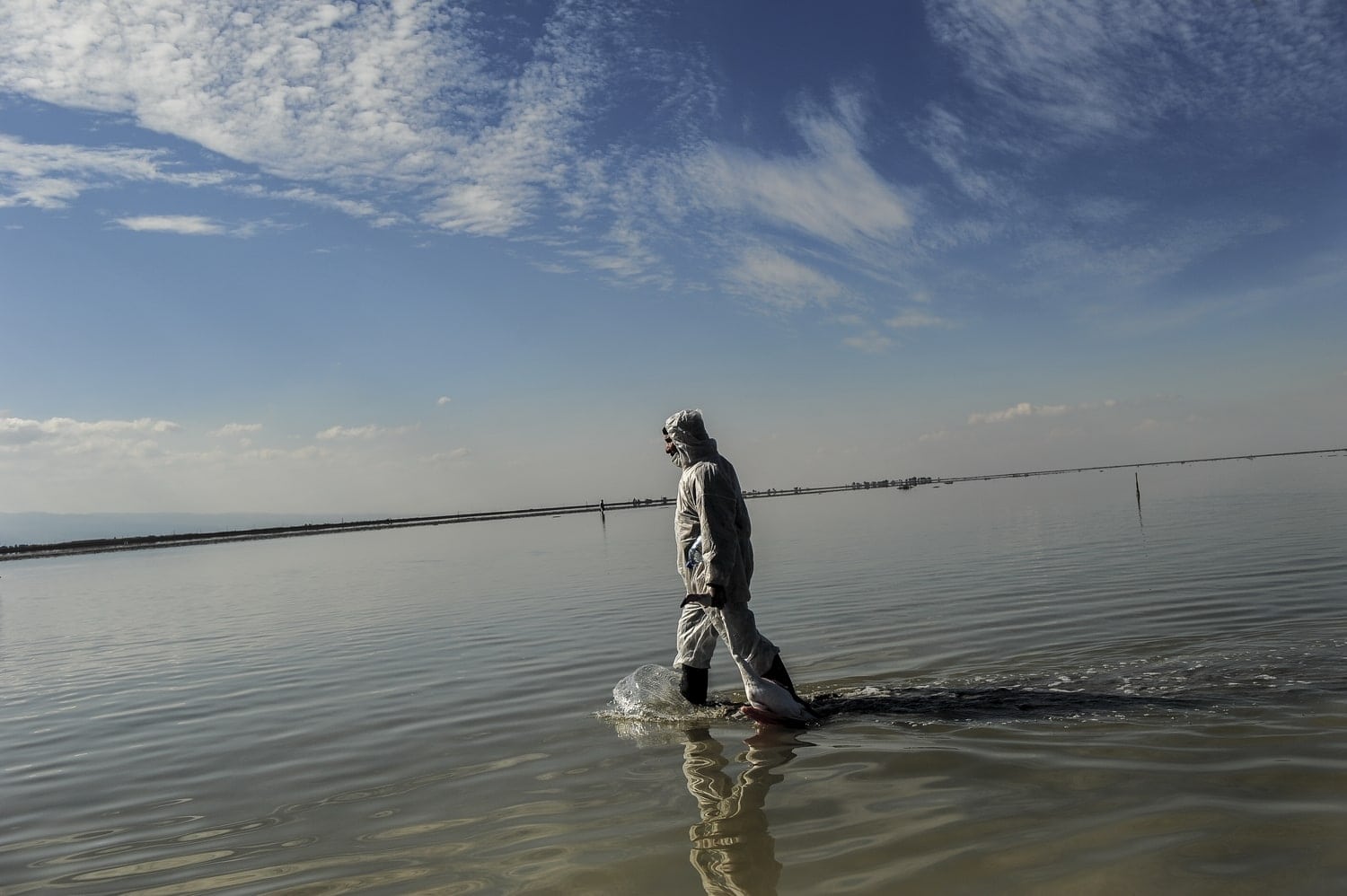Death of migratory birds – (Extended)
Project Location | Middle East, Iran, Miankaleh
Production Date | 2019-10-27
Many Dead Migratory Birds were found in Miankaleh peninsula, located in Mazandaran province of Iran. On the sixth day of monitoring, the number of dead migratory birds have reached 7,000, the carcasses were mostly from three bird species of Flamingo, coot and Northern shoveler. The certain cause of death has not yet been announced by the veterinary organization, however, the latest result of the tests rejected any suspicion of Newcastle disease and influenza, as there have not been any symptoms such as bruising, bleeding and enlarged spleen.
10 years ago, there have been a similar mysterious death in forests, but the results showed that some of the birds have been allergic to a kind of alga. Generally, the mass death of birds shows a high risk of poisoning or contamination, he concluded. Water contamination can be considered as one of the reasons for the deaths, Also, the birds may be killed by human or poisoned prey that is still being investigated.
Miankaleh peninsula a treasure under serious threats
The long and narrow peninsula is 48 kilometers long, and between 1.3 and 3.2 kilometers wide, which sets apart the Gorgan Bay from the Caspian Sea. Miankaleh was designated a Ramsar site in 1975. Major habitats include wetlands, inter-tidal mud with sandy shores, shallow marine waters, forests, peatlands, and agricultural areas.
It is home to many unique Caspian birds and reptile species native to this region. It's also a very important internationally-recognized refuge for migratory birds. The peninsula water deficits, additionally mismanagement, unsustainable agricultural practices, and severe depletion of the wells and groundwater resources have exacerbated Miankaleh peninsula’s condition. Local people earn their income from agriculture, horticulture, animal husbandry, handicrafts, carpet weaving, traditional poultry farming and tourism. Overgrazing, illegal hunting, fishing, deforestation and the unplanned spread of villages are some of the challenges posing threat to the region’s environment

























